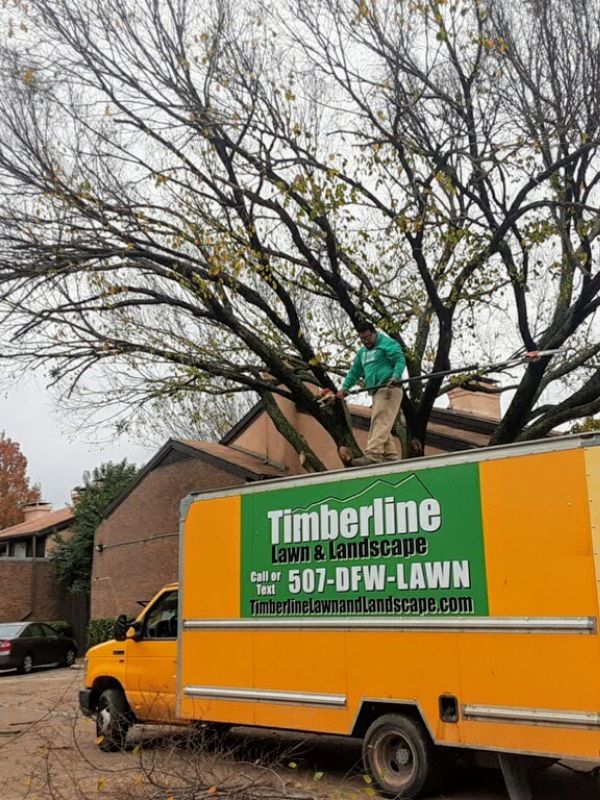The #1 Landscaping Company in Dallas, TX & The Surrounding Area
Transform your outdoor space with Timberline Lawn and Landscape – your local landscaping experts in Dallas! With over 20 years of expertise, our dedicated landscapers ensures your landscape thrives year-round. Call today for a free quote!
-
Satisfaction Guaranteed!
-
FULLY INSURED, We break it – We fix it!
-
Easy to reach via phone, text, or e-mail.
-
No Contracts…
-
High Quality and Trustworthy Team
-
Professional Crew, Not Subs.



Reliable Landscaping Services in Dallas
Timberline Lawn & Landscape is your trusted partner for professional landscaping services in Dallas. With a reputation for excellence and a commitment to customer satisfaction, we offer comprehensive landscaping solutions tailored to your unique needs.
From meticulous lawn care and garden design to custom hardscaping and irrigation systems, our skilled landscapers ensures every detail is perfected. Fully insured and easily reachable via phone, text, or email, we guarantee high-quality, reliable service without the hassle of long-term contracts.
Choose Timberline Lawn & Landscape for a beautiful, thriving landscape that enhances your home’s curb appeal and value! Call us today for your free quote and start creating the landscaping of your dreams!
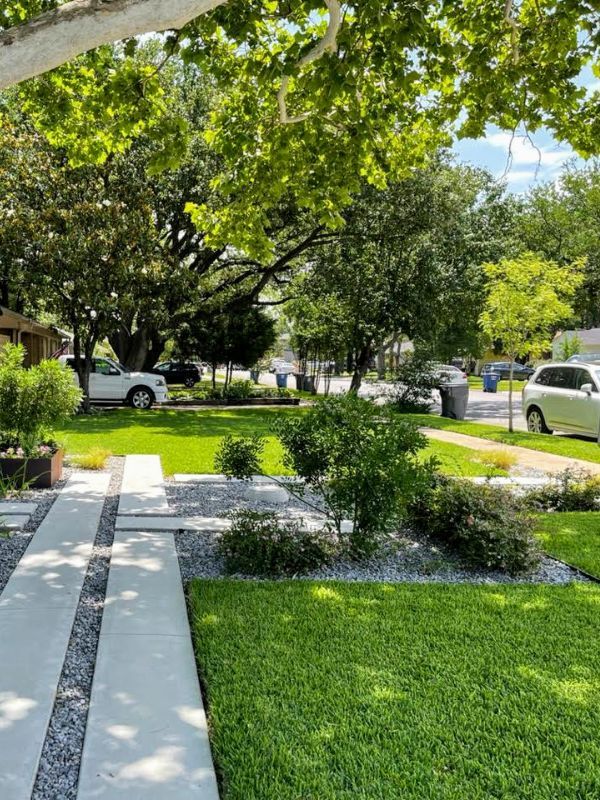
Hear From Our Dallas Neighbors About Our Landscaping Services
At Timberline Lawn & Landscape, we take great pride in delivering exceptional landscaping services to our clients in Dallas, TX. Our customers consistently praise our professionalism, attention to detail, and commitment to transforming outdoor spaces into beautiful, functional landscapes. Whether it’s a complete backyard renovation or regular maintenance, our skilled team ensures that every project is completed to the highest standards. Don’t just take our word for it—read what our satisfied clients have to say about their experiences with Timberline Lawn & Landscape.
Stunning Landscaping Transformations in Dallas By Timberline Lawn & Landscape
Here at Timberline Lawn & Landscape, we’re dedicated to bringing our clients landscaping results that they love. The true measure of our success is the stunning transformations we create for our clients’ yards.
Our results section showcases a variety of projects that highlight our expertise and dedication to excellence. From lush, green lawns to intricate hardscape designs, each project is a testament to our commitment to quality and customer satisfaction. We invite you to explore our portfolio and see for yourself the beautiful and functional landscapes we’ve crafted across Dallas. Let our results inspire your next landscaping project!
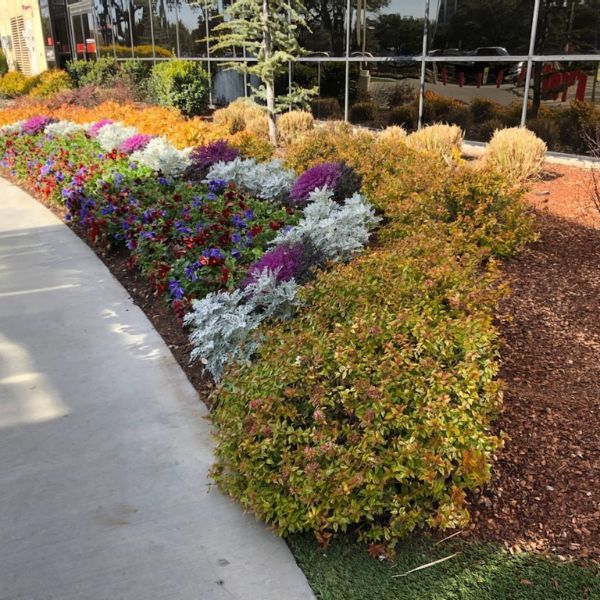
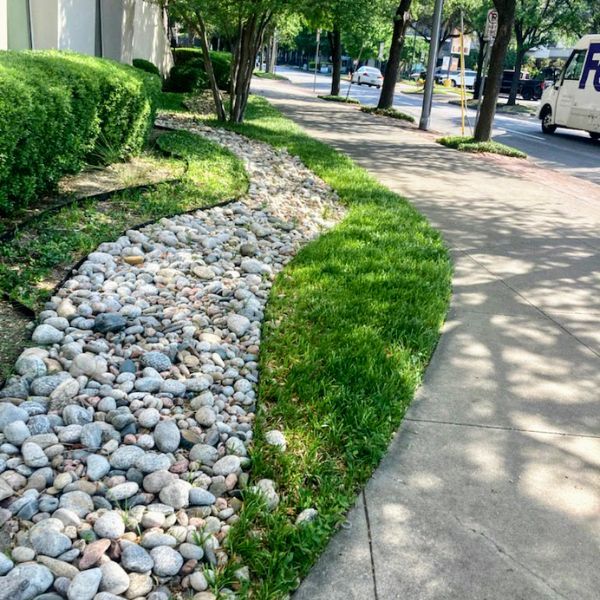
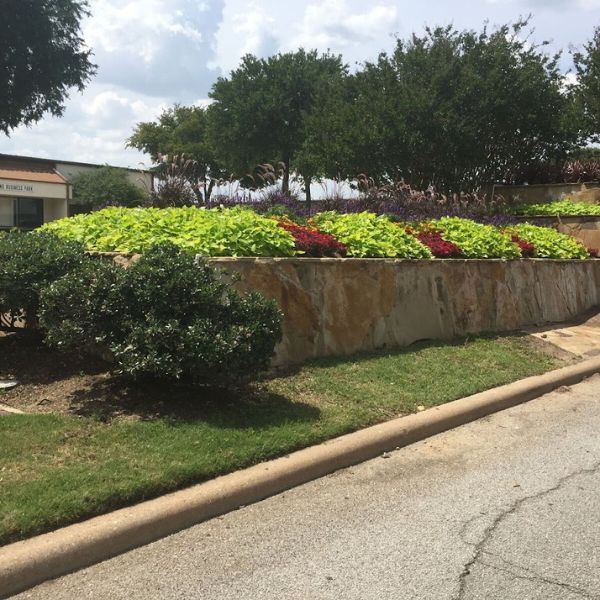
We Want to Give You the Best Landscaping
For The Best Prices!
Discover incredible deals on our professional landscaping services in Dallas! Take advantage of special offers and discounts designed to help you achieve the outdoor space of your dreams without breaking the bank.
Your Trusted Partners For Landscaping Maintenance in Dallas
Investing in professional landscaping maintenance services from Timberline Lawn & Landscape in Dallas, TX, offers numerous benefits that enhance the beauty, functionality, and value of your property. Our skilled landscapers brings expertise in design and maintenance, ensuring your landscape is both aesthetically pleasing and tailored to your specific needs. Get your free quote today for our professional landscaping maintenance services in Dallas!
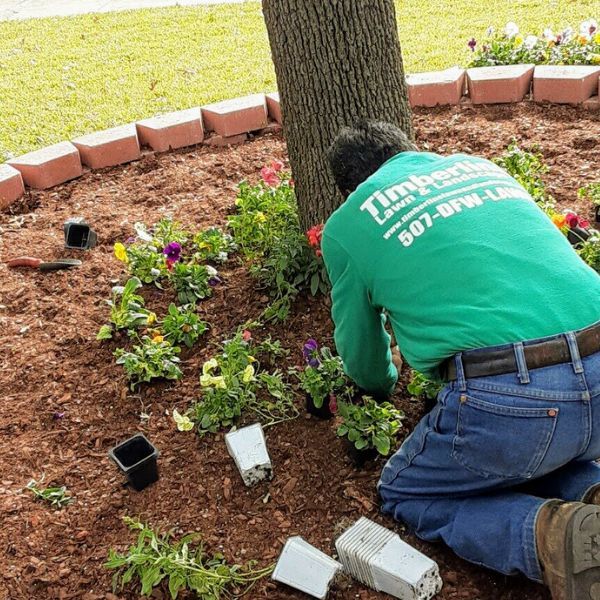
Frequently Asked Questions About Our Landscaping Services in Dallas, TX
Here at Timberline Lawn & Landscape, we’re dedicated to delivering top-notch landscaping maintenance services and exceptional results for every project. Whether you’re considering a major landscape overhaul or simply need regular maintenance, we understand that you may have questions about our processes, pricing, and what to expect. If you have any additional questions, please call us today! We’re here to help make landscaping as convenient as possible for you.
